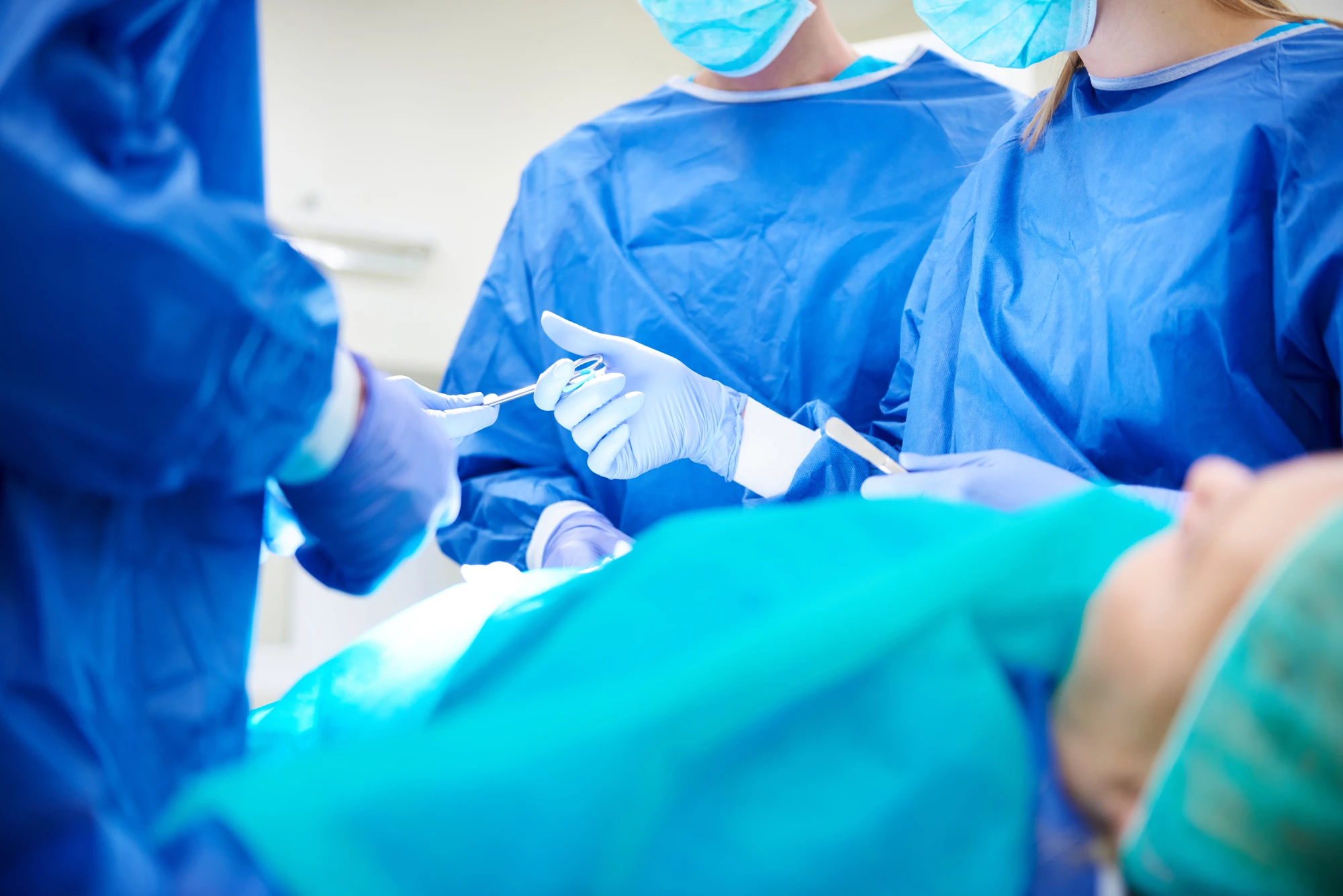Bariatric surgery, which includes gastric bypass and other ways of manipulating the digestive tract, has proven to be a successful way of treating obesity and, in some cases, even reversing diabetes. However, as with all surgeries, it comes with certain risks, has a lengthy recovery time, and is a costly procedure to undergo. Now, working with rodents, researchers have found a way to harness benefits similar to those from surgery, but in the form of an injection. They also found that it helped with metabolism, insulin production and, most surprisingly, with opioid cravings.
When bariatric surgery such as gastric bypass and sleeve gastrectomy are conducted, they not only result in a smaller overall stomach area – which effectively reduces the amount of food someone can eat – they also create biochemical changes in the body. Most significantly, they change the way the gut secretes two hormones known as glucagon-like peptide-1 (GLP-1) and peptide YY (PYY). These hormones help ramp down a person's appetite, keep blood sugar levels normal, and signal fullness.
While drugs exist that can mimic GLP-1, they often have unpleasant side effects such as nausea and other forms of gastric distress, that can lead to their discontinuation. They also work on only GLP-1 receptors, ignoring the potential benefits of activating PYY receptors as well.
Seeking to tackle the issues surrounding bariatric surgery and current medications while also offering a way to combat obesity, research led by scientists at Syracuse University (SU) and Seattle Children's Research Institute created an injectable peptide that activated both PYY and GLP-1 receptors. In lab tests, the substance, which is called GEP44, caused obese rats to reduce their food consumption by 80% and lose 12% of their body weight during one 16-day study. These statistics beat the performance of a drug that activates only GLP-1 receptors, called liraglutide, by a factor of three.
Rats can't vomit
What's more, because rats can't vomit and therefore indicate whether or not GEP44 was making them nauseous, the researchers tested the compound on shrews (who can, in fact, upchuck), and couldn't find any signs of queasiness. The anti-nausea effect could have implications beyond weight loss, says one of the lead researchers.
"For a long time, we didn't think you could separate weight reduction from nausea and vomiting, because they’re linked to the exact same part of the brain," said Robert Doyle, from SU. "What if we could maintain the benefit of chemotherapy drugs but tell the part of the brain that causes vomiting and nausea to knock it off? Then we could dose patients at a higher level, so they would have a better prognosis, and they would also have a better quality of life while undergoing chemotherapy."
Even more benefits
Not only did GEP44 help the rodents reduce their food intake, but it also helped them fire up their metabolisms by shuttling glucose into muscle tissues and out of the blood, making it a source of energy. Furthermore, it caused some pancreatic cells to convert to brand-new insulin-producing cells, which are often damaged by diabetes.
And if that wasn't enough, the researchers also report that the compound successfully reduced fentanyl cravings in rats, which hints at GEP44's potential use as an addiction treatment.
Initially, GEP44 only had a half life of about an hour in the body, but thanks to an improved formulation, the researchers are hopeful that future treatments could be given as injections just once or twice a week. The team has filed for patents on the drug, and plan to conduct more advanced testing on primates.
The findings have been presented today at ACS Spring 2023, a meeting of the American Chemical Society.
Source: American Chemical Society via EurekAlert





